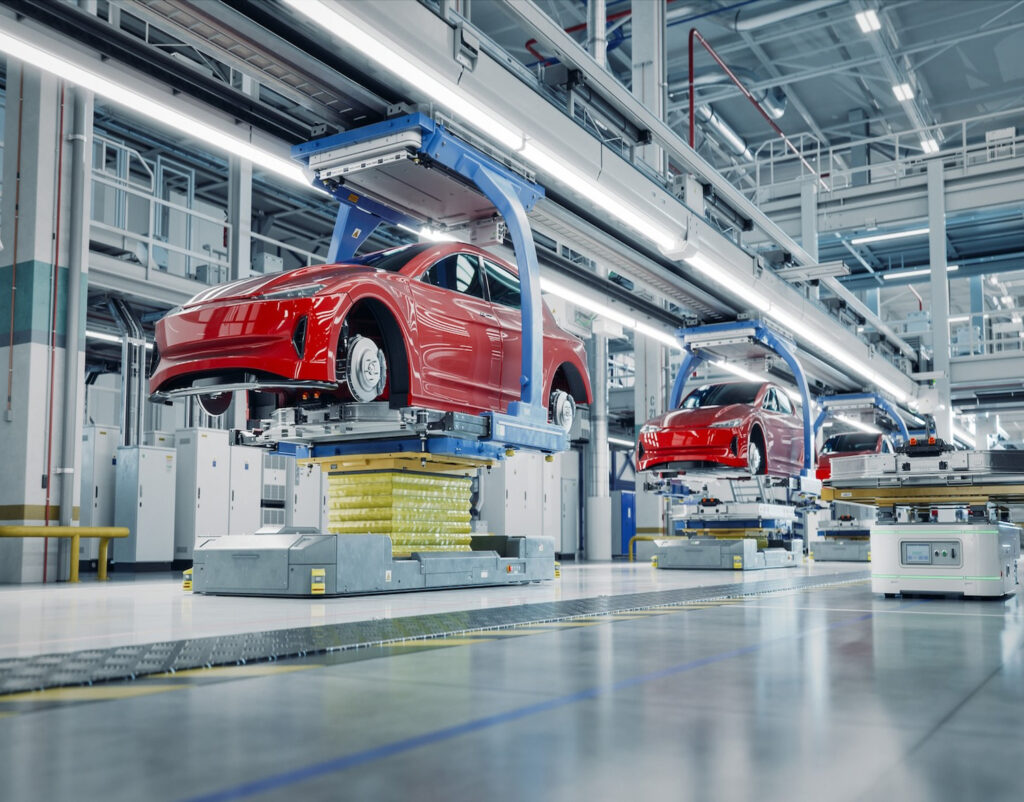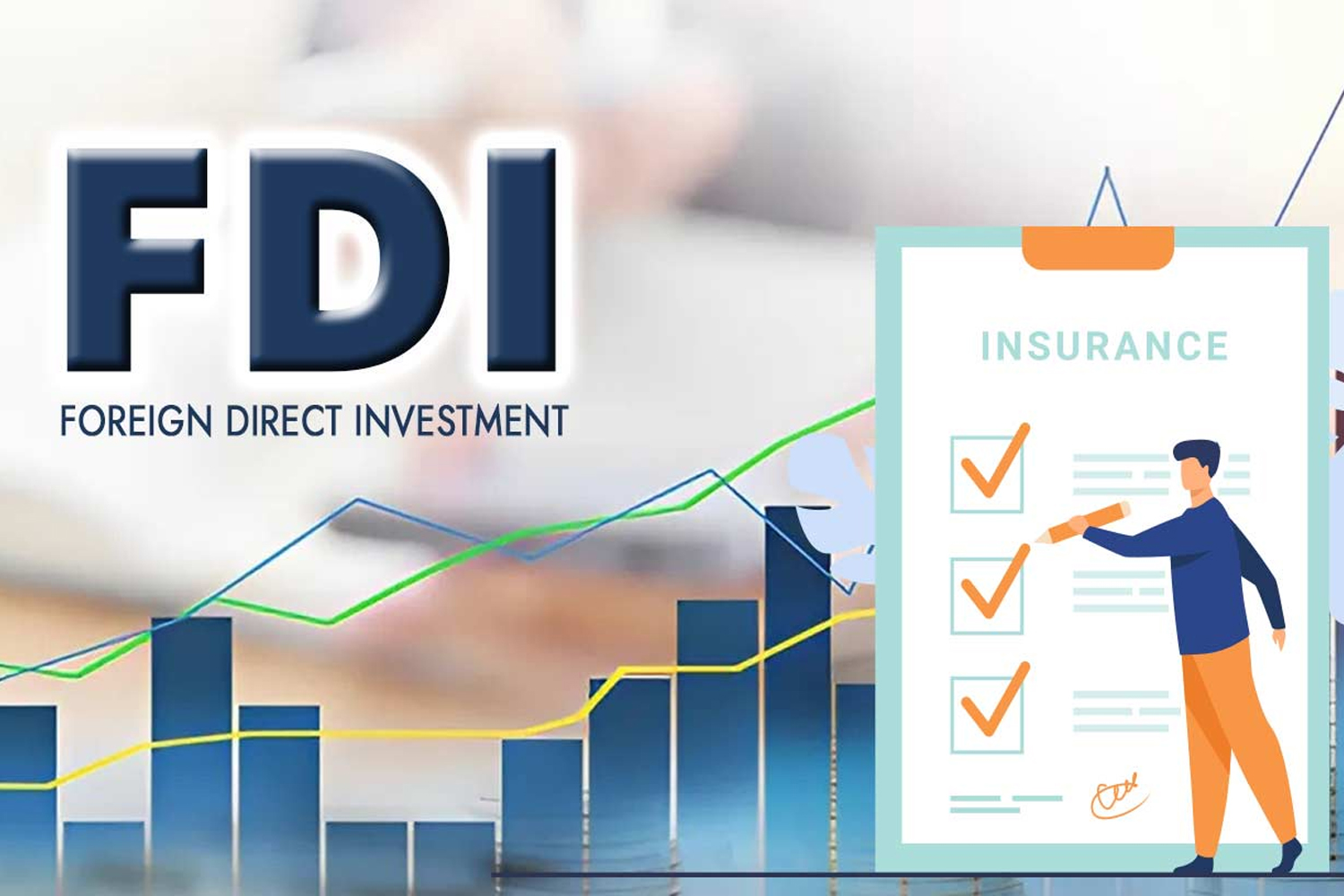From the cars we drive to the machines that build our cities, the automobiles and machinery sector is one of the cornerstones of modern economies. It fuels mobility, productivity, and innovation while connecting people, industries, and markets. Automobiles bring convenience and freedom of movement, while machinery powers industries ranging from agriculture to construction, healthcare, and logistics. Together, these industries form the backbone of global progress.
This blog explores the significance of automobiles and machinery, their evolution, economic importance, challenges, and the future that lies ahead in an era of automation, electrification, and sustainability.
The Scope of Automobiles & Machinery
Automobiles: Cars, trucks, buses, and two-wheelers used for personal transport, freight, and public mobility.
Machinery: Heavy equipment and mechanical systems used in industries like agriculture, construction, manufacturing, energy, and healthcare. Examples include tractors, excavators, turbines, robotics, and industrial engines.
While automobiles improve mobility and lifestyles, machinery underpins industrial and agricultural productivity. Together, they enable infrastructure development, trade, and innovation.
Historical Evolution⏳
Automobiles:
- The late 19th century marked the invention of the automobile, with pioneers like Karl Benz leading the way.
- Henry Ford revolutionized the industry with assembly line production in the early 20th century, making cars affordable for the masses.
- Post-World War II, automobiles became symbols of freedom, culture, and globalization.
Machinery:
- The Industrial Revolution gave birth to modern machinery, replacing manual labour with steam-powered engines.
- The 20th century saw advancements in tractors, construction equipment, and industrial machines, accelerating urbanization and global trade.
- Robotics and computer-controlled machinery now dominate manufacturing, bringing speed, precision, and efficiency.
Economic Importance 💰
The automobile and machinery industries are multi-trillion-dollar pillars of the global economy:
• Employment: Millions of workers are employed worldwide in design, production, distribution, and maintenance.
• Global Trade: Automobiles are among the most traded goods, while machinery is critical for exports from industrial economies.
• Industrial Backbone: Machinery is essential for agriculture, manufacturing, mining, energy, and logistics—virtually every sector.
• Infrastructure Development: Cranes, excavators, and construction machinery enable urban growth and megaprojects.
• Mobility & Productivity: Automobiles reduce travel time, increase trade efficiency, and enhance connectivity.
In short, automobiles and machinery don’t just drive economies—they enable them.
Innovations Transforming the Industry ⚙️
1. Electric Vehicles (EVs) ⚡
A major shift is underway in the automobile sector, with EVs replacing fossil fuel-powered vehicles. Companies like Tesla, BYD, and traditional automakers are investing in EVs to reduce emissions and fuel dependence.
2. Automation & Robotics 🤖
Industrial machinery is increasingly automated. Robotic arms, AI-driven machines, and autonomous factory equipment are redefining production efficiency.
3. Smart & Connected Vehicles 🚙📡
The rise of IoT-enabled cars introduces features like real-time diagnostics, navigation, and autonomous driving, making vehicles safer and more intelligent.
4. Green Machinery 🌱
Eco-friendly tractors, hybrid excavators, and energy-efficient turbines are reducing carbon footprints across industries.
5. 3D Printing & Advanced Manufacturing 🖨️
Machinery powered by 3D printing allows for rapid prototyping, customized parts, and lower production costs.
6. Hydrogen Fuel & Alternative Energy 🔋
Hydrogen-powered engines and renewable-energy-integrated machines are being tested to create sustainable alternatives to fossil fuels.
Challenges Facing Automobiles & Machinery ⚠️
Despite their importance, these industries face hurdles:
• Environmental Concerns: Automobiles contribute heavily to air pollution and climate change, while machinery often consumes large amounts of energy.
• High Costs of Transition: Shifting to EVs and sustainable machinery requires huge investments in infrastructure and R&D.
• Supply Chain Disruptions: The pandemic and global conflicts have exposed vulnerabilities in parts and semiconductor supply chains.
• Safety Risks: Heavy machinery accidents and automobile crashes pose safety challenges.
• Global Competition: Intense competition from emerging markets adds pricing pressures on established brands.
Balancing innovation with safety, sustainability, and affordability remains critical.

Global Leaders 🌍
Automobiles:
o Japan: Toyota, Honda, and Nissan are known for quality and efficiency.
o Germany: Mercedes-Benz, BMW, and Volkswagen symbolize luxury and engineering excellence.
o United States: Tesla and Ford continue to influence global trends.
o China: The largest EV market in the world, with companies like BYD leading growth.
Machinery:
o United States: Caterpillar and John Deere dominate heavy machinery and agriculture equipment.
o Germany: Siemens and Bosch lead in industrial machinery.
o Japan: Komatsu and Hitachi excel in construction machinery.
o South Korea & China: Major exporters of industrial and electronic machinery.
These global players define standards in design, safety, and sustainability.
Sustainability in Focus 🌱
With growing environmental concerns, the automobile and machinery industries are embracing sustainable practices:
• EV Adoption: Expanding charging networks and developing longer-lasting batteries.
• Circular Economy: Recycling metals, plastics, and machinery components.
• Energy Efficiency: Designing lighter, fuel-efficient vehicles and low-energy industrial machines.
• Green Manufacturing: Using renewable energy and eco-friendly processes in factories.
• Carbon Neutral Goals: Automakers and machinery producers pledging net-zero emissions by 2050.
These efforts are reshaping the industry and aligning it with global climate goals.
The Future of Automobiles & Machinery 🚀
The road ahead is marked by disruption and innovation:
• Autonomous Vehicles: Self-driving cars and trucks may dominate highways in the coming decades.
• Smart Cities & Mobility Solutions: Ride-sharing, e-scooters, and connected mobility platforms will redefine urban transport.
• Industry 4.0: AI-driven, interconnected machinery creating “smart factories.”
• Renewable Integration: Solar-powered vehicles and wind-driven machinery for sustainable energy solutions.
• Personalization: Customized vehicles and machines designed for individual and industrial needs.
The future promises greater efficiency, safety, and sustainability—transforming how we live, work, and move.
Conclusion 🌟
The automobiles and machinery industries are more than just sectors; they are engines of human progress. Automobiles connect people and businesses, while machinery powers the industries that sustain life. Together, they form the infrastructure of modern civilization.
As these industries embrace electrification, automation, and sustainability, they are moving into a future where mobility and productivity go hand in hand with responsibility toward the planet. From electric cars to AI-powered machines, the journey ahead is one of innovation, opportunity, and transformation.
Ultimately, automobiles and machinery aren’t just about engines, gears, or wheels—they’re about building a world where progress is sustainable, inclusive, and unstoppable.












